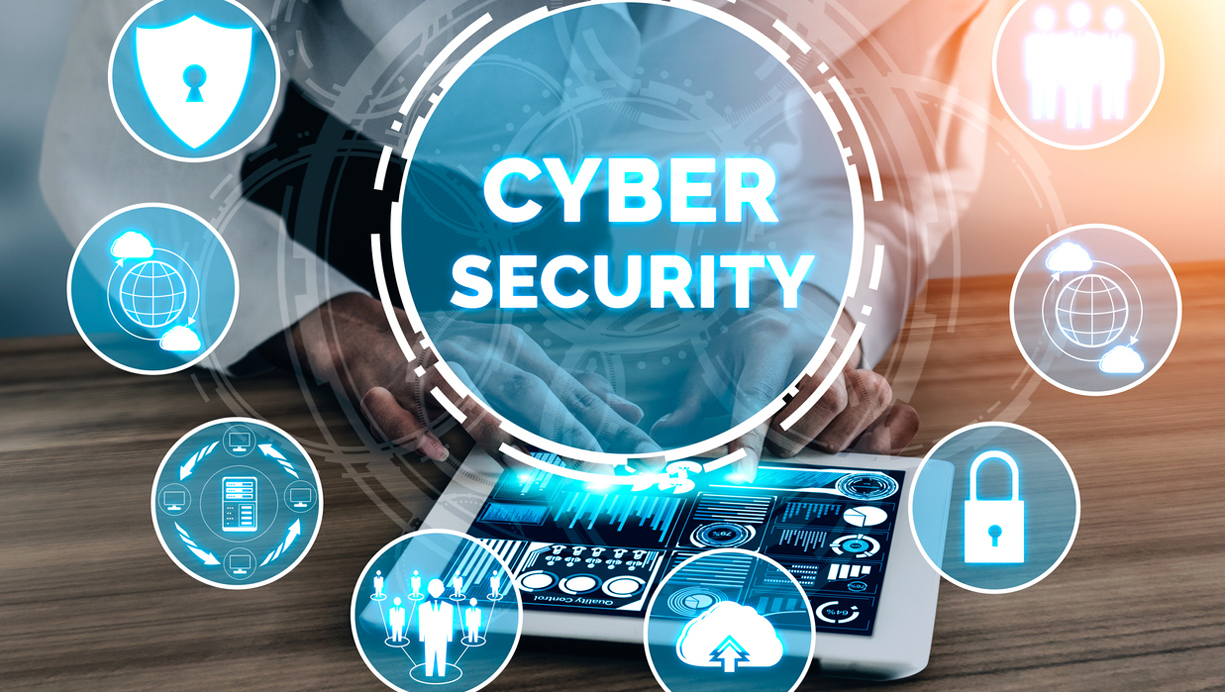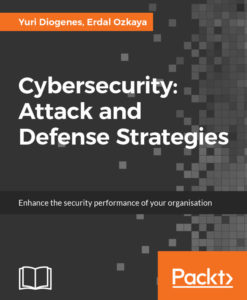
Effective cybersecurity strategies -Learn 4 Free
Effective cybersecurity strategies
With cybercrime on the rise, companies have started adopting the hard ways of preventing system breaches. Cybersecurity has become the need of the hour. This article will explore how cyberattacks bring companies down to their knees giving rise to cybersecurity. The article also looks at some of the cybersecurity strategies that an organization can adopt to safeguard itself from the prevalent attacks.
“For every lock, there is someone out there trying to pick it or break in.” – David Bernstein
Malware, Phishing, Ransomware, DDoS!
These terms have become widespread today due to the increasing number of cyberattacks. The cyber threats that organizations face have grown steadily during the last few years and can disrupt even the most resilient organizations.
3 cyber attacks that shook the digital world
2011: Sony
Who can forget the notorious Sony hack of April 2011? Sony’s PlayStation Network was hacked by a hacking group called “OurMine,” compromising the personal data of 77 million users. This cyberattack made Sony pay more than 15 million dollars in compensation to the people whose accounts were hacked. A hack made possible through a simple SQL inject could have been prevented using data encryption.
Not long after this hack, in 2014, Sony Pictures was attacked through a malware by a hacker group called “Guardians of Peace” stealing more than 100 terabytes of confidential data. Sony had once again not paid heed to its security audit, which showed flaws in the firewall and several routers and servers resulting in the failure of infrastructure management and a monetary loss of 8 million dollars in compensation.
2013: 3 billion Yahoo accounts hacked
Yahoo has been the target of the attackers thrice. During its takeover by Verizon, Yahoo disclosed that every one of Yahoo’s 3 billion accounts had been hacked in 2013. However, one of the worst things about this attack was that it was discovered only in 2016, a whopping two years after the breach.
2017: WannaCry
One of the most infamous ransomware of 2017, WannaCry spanned more than 150 countries targeting businesses running outdated Windows machines by leveraging some of the leaked NSA tools. The cyber attack that has been linked to North Korea hit thousands of targets, including public services and large corporations. The effects of WannaCry were so rampant that Microsoft, in an unusual move to curb the ransomware, released Windows patches for the systems it had stopped updating. On a somewhat unsurprising note, WannaCry owed its success to the use of outdated technologies (such as SMBv1) and improper maintaining their systems update for months, failing to protect themselves from the lurking attack.
How cyber attacks damage businesses
Cyberattacks are clearly bad for business. They lead to:
- Monetary loss
- Data loss
- Breach of confidential information
- Breach of trust
- Infrastructure damages
- Impending litigations and compensations
- Remediations
- Bad reputation
- Marketability
This is why cybersecurity is so important – investing in it is smart from a business perspective as it could save you a lot of money in the long run.
Emerging cybersecurity trends
Tech journalist and analyst Art Wittmann once said “the idea that security starts and ends with the purchase of a prepackaged firewall is simply misguided”. It’s a valuable thing to remember when thinking about cybersecurity today. It’s about more than just buying software; it’s also about infrastructure design, culture and organizational practices. Cybersecurity is really a range of techniques and strategies designed to tackle different threats from a variety of sources.
Gartner predicts that worldwide cybersecurity spending will climb to $96 billion in 2018. This rapid market growth is being driven by numerous emerging trends, including:
- Cloud computing
- Internet of things
- Machine learning
- Artificial Intelligence
- Biometrics and multi-factor authentication
- Remote access and BYOD–Bring your own device
- cybersecurity
Effective cybersecurity strategies
The most effective strategy to mitigate and minimize the effects of a cyberattack is to build a solid cybersecurity. Here are some of the ways in which an organization can strengthen their cybersecurity efforts:
- Understand the importance of security
In the cyberage, you have to take the role of security seriously. You need to protect the organization with the help of a security team. When building a security team, you should take into accountthe types of risks that could affect the organization, how these risks will impact the business, and remedial measures in case of a breach
- Top notch security systems
You cannot compromise on the quality of systems installed to secure your systems. Always remember what is at stake. Shoulda situation of attack arise, you need the best quality of security for your business.
- Implement a Red and Blue Team
The organization must use the Red Team and Blue Team tactics, where the Red Team tactics can be used in penetration for accessing sensitive data, and the Blue Team tactics will defend your system from complex attacks. This team can be appointed internally or this job could be outsourced to the experts.
- Security audits
Security audits are conducted with the aim of protect, detect, and respond. The security team must actively investigate their own security systems to make sure that everything is at par to defend against the lurking attack if it should occur. The security team must also be proactive with countermeasures to defend the organization walls against these malicious lurkers. Employees must also be properly educated to take proper precautions and act wisely in case of occurrence of a breach.
- Continuous monitoring
Securing your organization against cyberattacks is a continuous process. It is not a one-time-only activity. The security team must be appointed to do regular audits of the security systems of the organizations. There should be a systematic and regular process, penetration testing must be conducted at regular intervals. The results of these tests must be looked at seriously to take mitigation steps to correct any weak or problematic systems.
- Enhance your security posture
In an event of a breach, once the security team has confirmed the breach, they need to react quickly. However, don’t start investigating without a plan. The compromised device should be located, its behavior should be analyzed and remedial actions should be underway.
- Vigilance
In the words of the world’s most famous hacker, Kevin Mitnick, “Companies spend millions of dollars on firewalls, encryption,and secure access devices, and its money wasted; none of these measures address the weakest link in the security chain.”
It cannot be stressed enough how important it is to be ever vigilant. The security team must stay current with the latest threat intelligence and always be on the lookout for the latest malicious programs that disrupt the organizations.
- Think ahead
The question is never “if”, the real question is “when.” The attackers come sneaking when you are not looking. It is absolutely critical that organizations take a proactive stance to protect themselves by dropping the “if” attitude and adopting the “when” attitude.

From Pack Publishing Blog : https://www.packtpub.com/books/content/how-we-can-secure-cyberspace

If you liked this article, you should refer to the book, Cybersecurity – Attack and Defense Strategies. Carefully curated by Yuri Diogenes and Erdal Ozkaya, Cybersecurity – Attack and Defense Strategiesuses a practical approach to the cybersecurity kill chain to explain the different phases of the attack, which includes the rationale behind each phase, followed by scenarios and examples that bring the theory into practice.
Yuri Diogenes is a Senior Program Manager @ Microsoft C+E Security CxP Team and a professor at EC-Council University for their master’s degree in cybersecurity program. Erdal Ozkaya is a doctor of philosophy in cybersecurity, works for Microsoft as a cybersecurity architect and security advisorand is also a part-time lecturer at Australian Charles Sturt University.This book will serve asa guide to provide you with common techniques and skillsets to act and deal with a system breach.
https://www.erdalozkaya.com/about-erdal-ozkaya/my-books/





